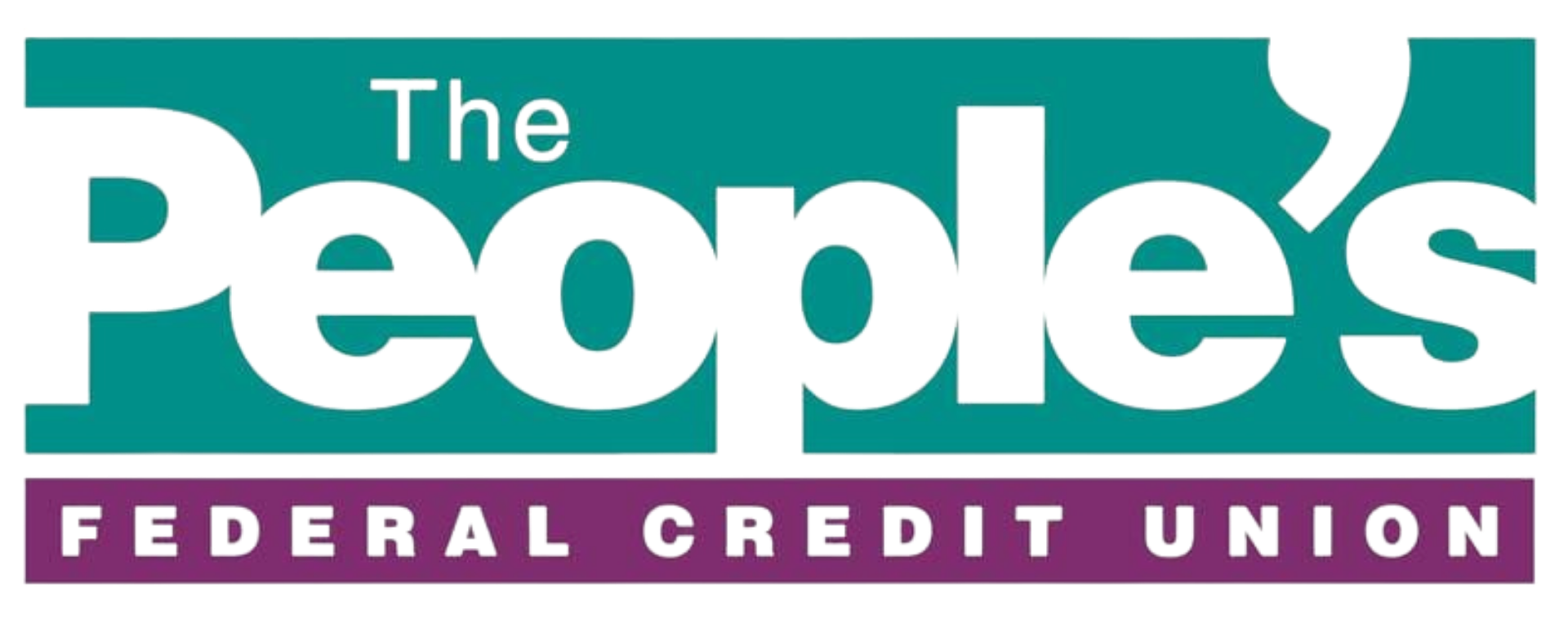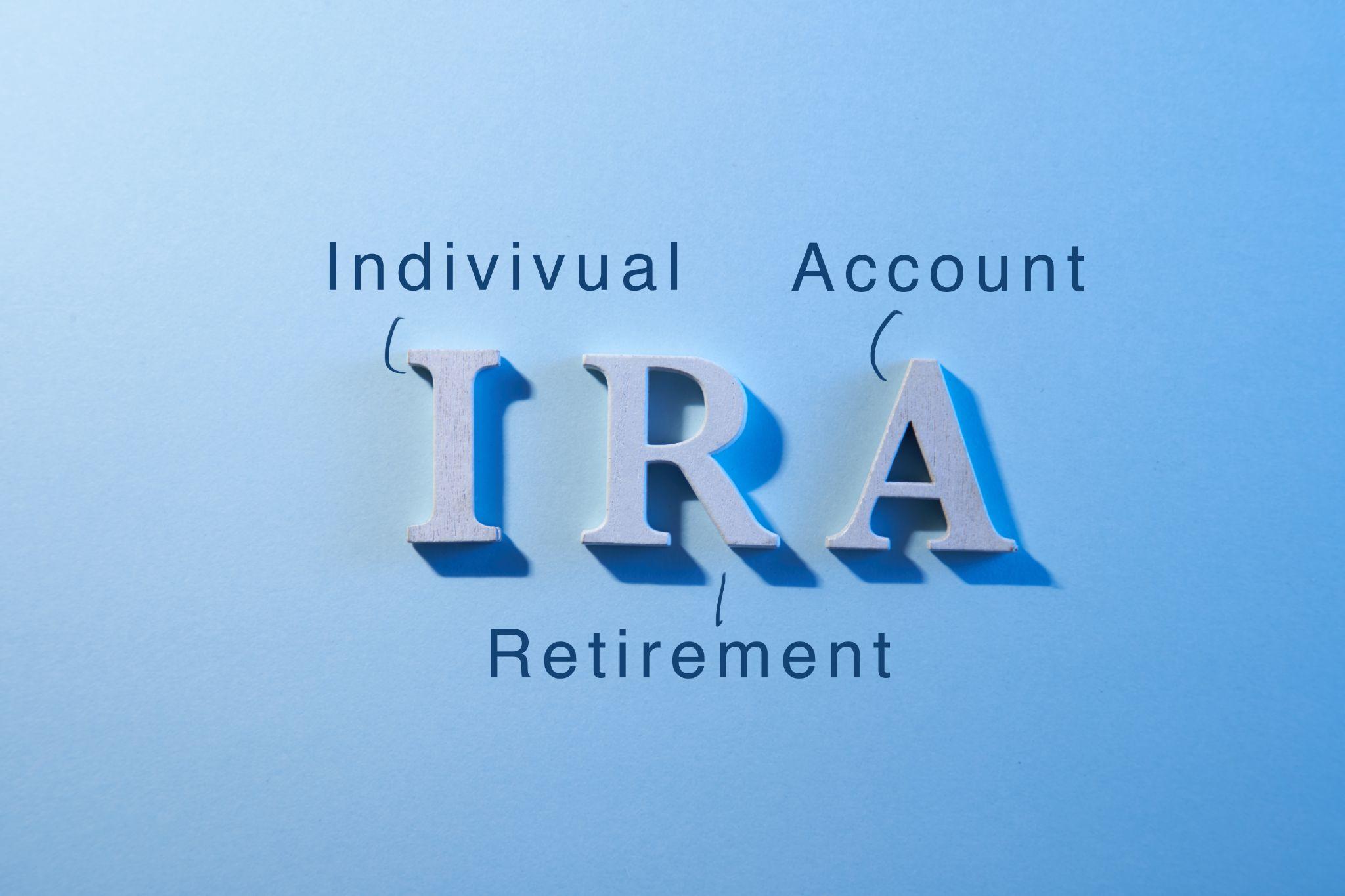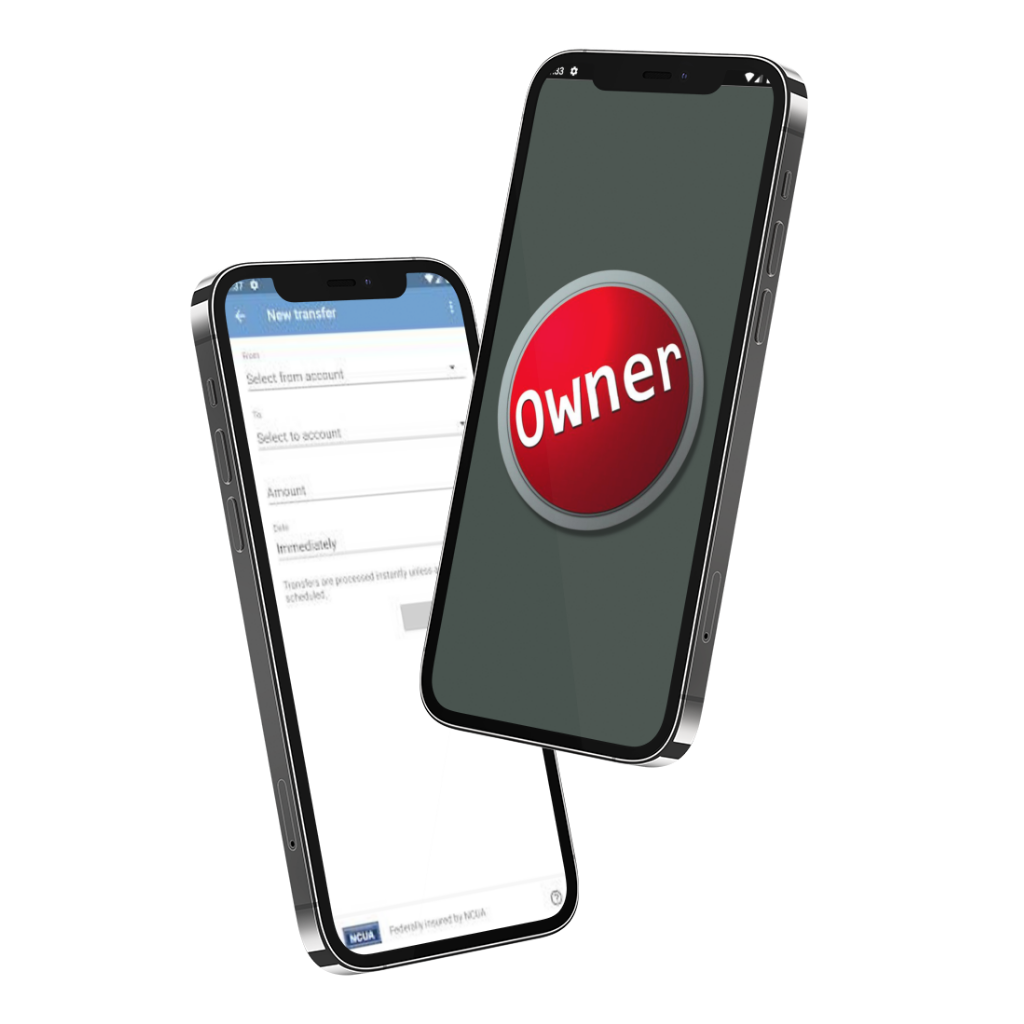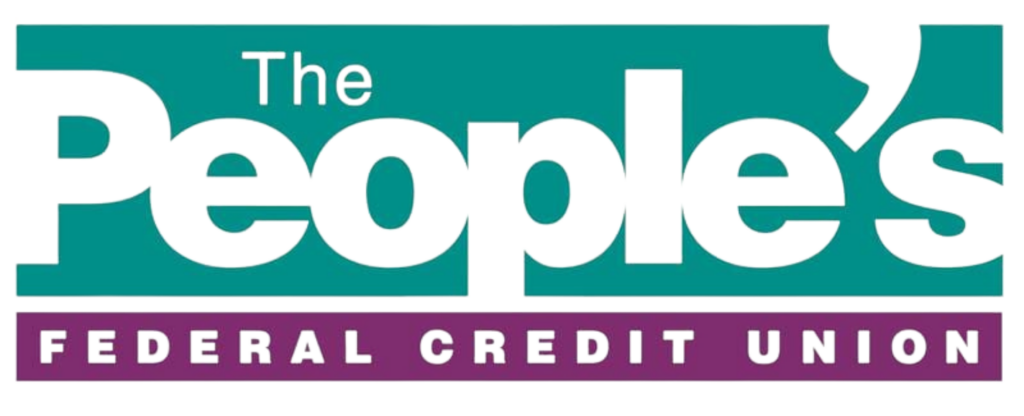For most first-time homebuyers, purchasing a home takes a significant amount of time, planning, and saving.
Most property purchases require a down payment as a way to show potential lenders good faith when you apply for home loans in Amarillo, Texas, or other areas you are interested in living. On top of the down payment requirements, you’ll also need to set aside additional funds to cover closing costs, appraisals, and other admin expenses.
Saving up for a home can seem challenging. Luckily, there are several ways to make the process more manageable. By following the tips and suggestions below, you can ensure you’re on the right track to purchasing your first home.
1. Set Your Savings Target
Saving for a home can seem like a daunting task when there are down payments, closing costs, property taxes, and a myriad of other expenses due on closing day to consider. To set a savings target, you’ll need to decide how much you want to save for a down payment as well as how much closing on a house you love will cost you.
In most cases, you’d have to put a 10 to 20% down payment on the home you’d like to purchase. This means you would have to save at least 10% of your dream home’s total value before applying for a mortgage or talking to a mortgage expert. If you can’t afford this down payment, you may have to take out private mortgage insurance or look at any available down payment assistance programs that can ease the financial weight of your upfront payments, leaving you with more home savings to afford to complete the closing process.
Once you’ve chosen a mortgage plan, you can find a lot more information on what your monthly payments, fees, and other costs will amount to in a document known as a closing disclosure. This will help you plan your budget and ensure you can reliably pay your mortgage whenever it’s due.
2. Create a Monthly Budget
When saving for a house, budgeting and forethought can make a significant impact on your savings and help you avoid overspending. Most homebuyers start by making a list of their living expenses and the monthly payments they need to make and compare those expenses to their income.
Once you know how much you spend and make every month, you can assess whether you’ll be able to afford a mortgage and decide on a percentage of your income to set aside as savings every month.
3. Tighten Your Budget
Once you’ve reviewed your budget, the next best step would be to minimize expenses as much as possible. Some places where you can reduce costs are by switching to a less expensive cable or satellite TV plan, eliminating infrequently used subscription services, and using coupons at the grocery store.
Other expenses to look at cutting down include meals at restaurants, new clothing, and going out.
4. Downsize Your Living Space
Saving for a home can take some time. If you expect it to take at least a year or longer before you buy a house, consider downsizing to a smaller apartment or house and saving the difference toward the down payment. Moving to a smaller living space can save you hundreds, if not thousands, of dollars a month.
5. Open a Dedicated Savings Account
Open a savings account specifically for your down payment. Put all the money you save for your down payment into its own savings account and do not touch this money. Most savings accounts accrue interest so you’ll also be earning money on your savings according to your bank’s savings interest rate.
6. Pay Off Your Debt
Debt can be very difficult to manage, especially while setting aside money for a house. Before you start saving, it may be a good idea to prioritize eliminating your debt and getting rid of your student loan payments. You can negotiate costs with your creditors and discuss refinancing your loans and credit card debt so you have one payment to make at a standard refinance rate.
Additionally, paying off or consolidating your debt can help boost your credit score, increase your credit limit and free up your credit accounts so your profile looks more stable and appealing when applying for other types of credit like home loans.
7. Automate Your Savings Process
Modify your direct deposits to divert a portion of your income directly to savings. If your payroll is directly deposited into your checking account, determine what percentage you can do without and have this amount deposited directly into your down payment savings account. If you’re able, placing this money in an investment account could give you access to the highest interest rate and better returns on your money.
8. Make Unexpected Gains Count
Set aside any unexpected gains. If you get a bonus at work or a tax refund, you should try to save all of that money for your down payment. Saving in bigger chunks will get you to your goal of buying a home faster.
9. Avoid Unnecessary Expenses
Avoid new and big expenses. Skipping a vacation or two, avoiding conventional loans for large purchases, and continuing to drive a paid-off vehicle instead of taking out another car loan means there will be more money to contribute toward purchasing your home.
10. Check if You Prequalify for a Mortgage
Checking if you qualify for a mortgage can help you gauge your home affordability and how much you can spend on your new property. Mortgage loans are usually approved by a mortgage loan officer, and discussing possible mortgage rates, your expected monthly mortgage payments, and the mortgage type you’ll be most likely to qualify for with an officer is a great way to get ahead and know what to expect with regards to future home mortgage payments you’ll have to make.

To finalize a mortgage you will have to decide whether you want to choose an adjustable-rate mortgage or a fixed-rate mortgage. Your mortgage loan officer will be able to help you weigh your options.
The process to save for a house can be challenging. However, working with your real estate agent and purchasing your first home is one of the most rewarding experiences you’ll have in your lifetime.
If you’re planning on buying a house and would like more information about mortgage loans or want to check if you pre-qualify for one, contact The People’s Federal Credit Union in Amarillo, Texas at (806) 359-8571.








